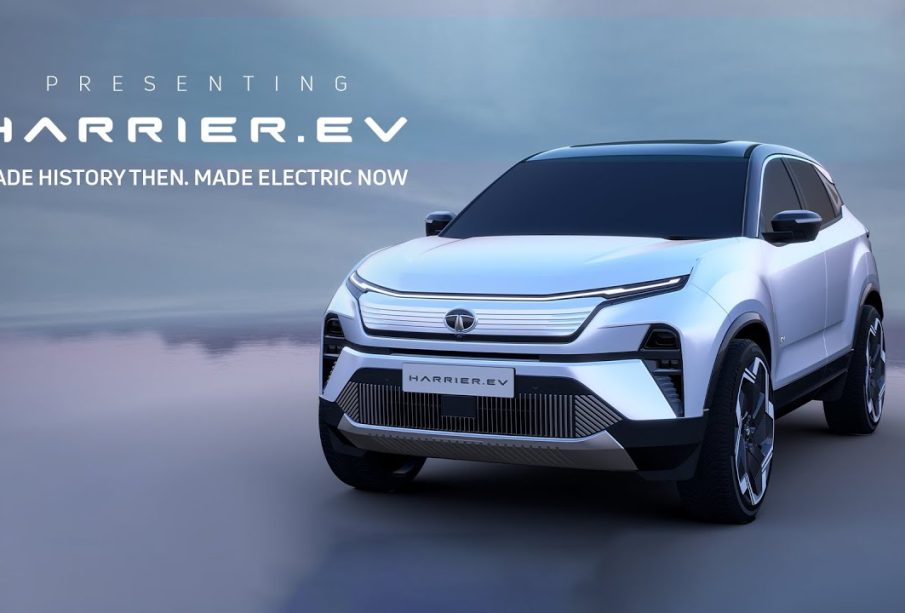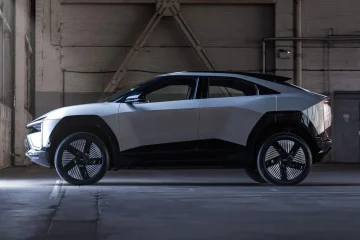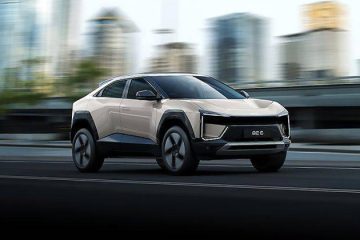Tata Harrier EV: The Future of Electric SUVs in India

Introduction
The automotive industry in India is undergoing a significant transformation with the rise of electric vehicles (EVs). Among the notable contenders in this rapidly evolving market is the Tata Harrier EV. As a flagship model from Tata Motors, the Harrier EV is not only crucial for the company’s strategic growth but also plays a vital role in India’s transition to sustainable mobility. With increasing concerns over pollution and the government’s push for electric vehicles, the Harrier EV comes at a pivotal time.
Features and Specifications
The Tata Harrier EV is built on Tata’s Gen 2 platform, which ensures enhanced performance and efficiency. The vehicle is expected to come equipped with a powerful electric powertrain that provides an estimated range of over 400 kilometers on a single charge. This feature is increasingly important for consumers concerned about ‘range anxiety’ associated with electric vehicles.
Aesthetically, the Harrier EV retains the robust design language of its predecessor with a futuristic twist, including modern LED lighting and a sleek profile, contributing to its striking appearance. Inside the cabin, advanced technology features such as a touchscreen infotainment system, a digital instrument cluster, and enhanced safety features are anticipated, making it a desirable option for tech-savvy customers.
Events Surrounding the Launch
Tata Motors has generated considerable buzz around the Harrier EV, unveiling it at various auto expos and trade shows. The official launch is expected to take place in early 2024, with pre-bookings slated to start by the end of 2023. This strategic timing is meant to harness the festive buying season in India, often seen as a peak period for automotive sales.
Additionally, Tata has been proactively enhancing its charging infrastructure, collaborating with various partners to ensure that potential customers have access to adequate charging stations across the country. This initiative will be key in promoting consumer confidence in adopting electric vehicles.
Conclusion
The Tata Harrier EV represents not just an evolution in Tata Motors’ lineup but also a crucial step toward reducing carbon emissions in the automotive sector. With its anticipated features and the growing acceptance of electric vehicles in the Indian market, the Harrier EV is positioned to attract a broad customer base. As we move into the electric future, this model sets the stage for a new era of innovation, sustainability, and consumer choice in India. The significance of the Tata Harrier EV will likely ripple through the automotive landscape, catalyzing further developments in the EV segment.








